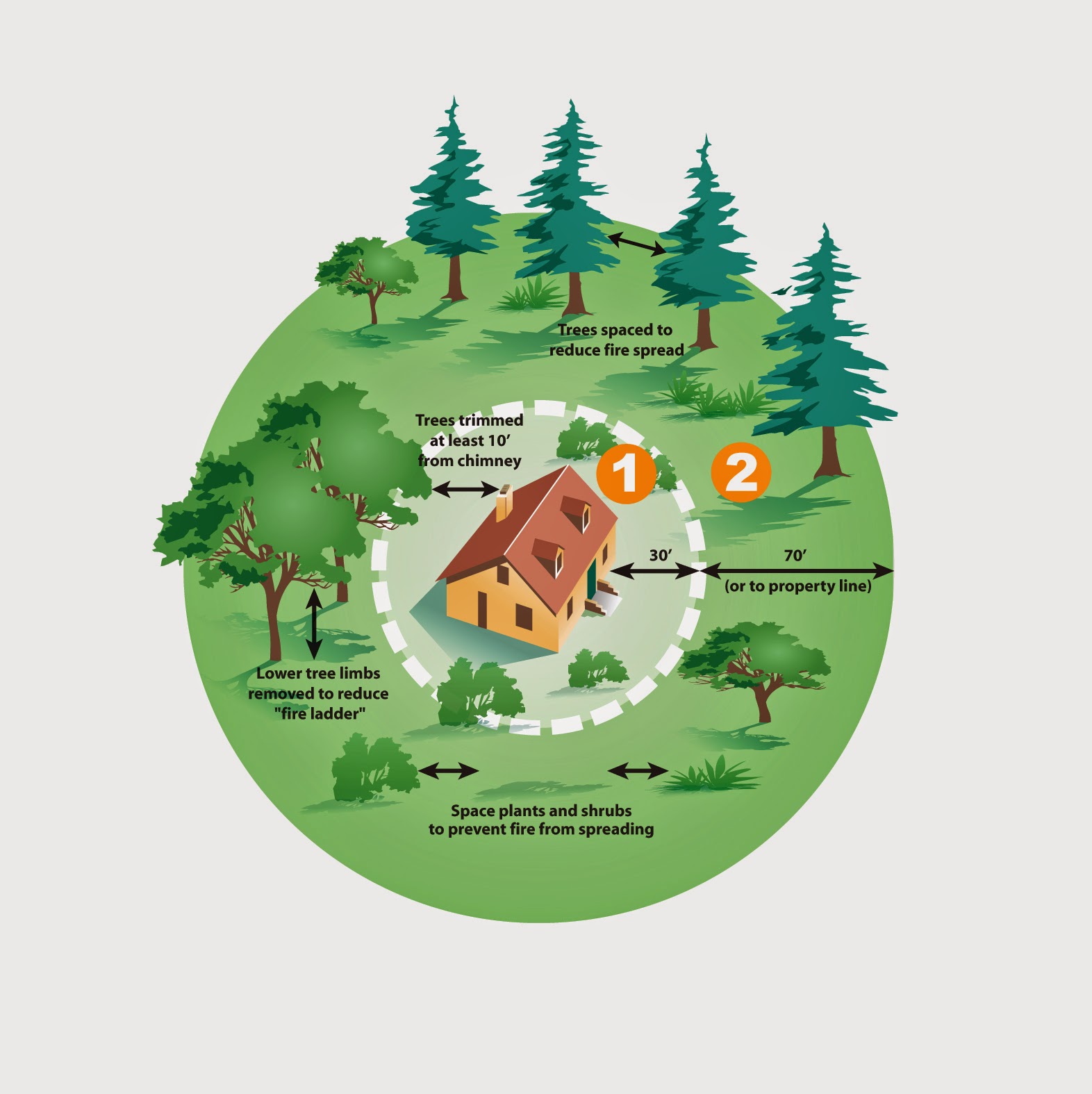 |
| Photo courtesy cedargrovegardens.com |
Tomatoes are native to South and Central America. They didn’t make it to North America until our own famous gardener, Thomas Jefferson, brought them here from Europe. But even with Mr. Jefferson growing tomatoes in his Monticello, VA gardens, they experienced a slow start in America.
Tomatoes belong to the nightshade, Solanaceae (S. lycopericum) family, which is known to have many poisonous members. As a result, they were not recommended for eating. In the 17th century the Italians, calling tomatoes pomodori, “apples of gold”, realized what a versatile vegetable the tomato was. But even with the success of the Italians and Thomas Jefferson, gardeners in the U.S. did not really start growing them in their gardens until a little more than 100 years ago. Today, growing tomatoes is one of the most discussed topics among gardeners.
 |
| Photo courtesy cornwallfarmarket.org |
For more information about growing tomatoes in Colorado, see CSU Extension’s Growing Tomatoes and Recognizing Tomato Problems.




